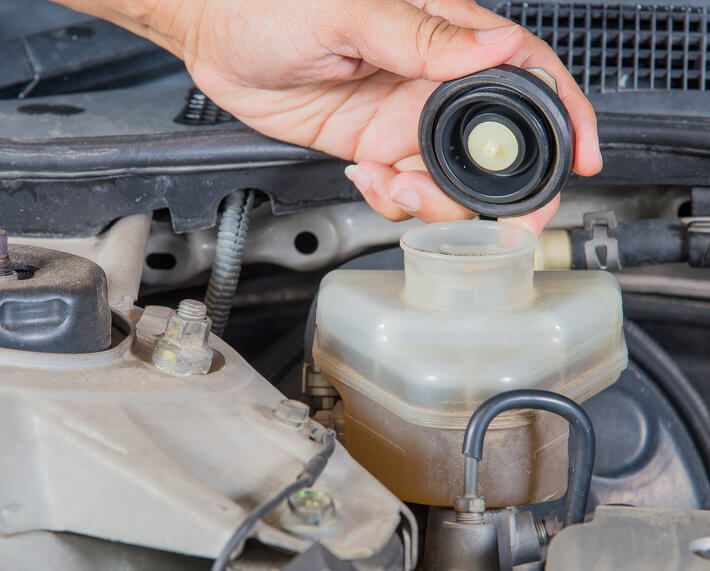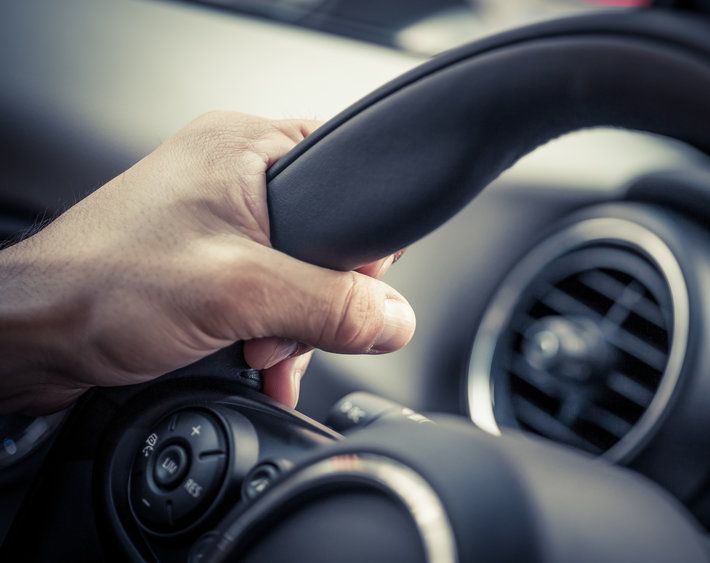It's glorified by Hollywood stunt drivers, overlooked by everyday drivers, and used constantly by people parking their cars on the steep streets of San Francisco. What is it? Your parking brake! This handy feature, also referred to as an emergency brake, e-brake, or handbrake, is so important to your safety and that of your vehicle, yet it's often misunderstood. Is it just for emergencies or for parking? Do you use it all the time, some of the time, or only when you get your big Hollywood break? Follow along for these answers and more, so you can make the most of one of your car's most important safety features.
Let's "Stop" at the Beginning: How does the parking brake work?
The parking brake is part of the overall braking system. It's connected to the rear brakes and when engaged, will press against them with less force than the primary braking system. Originally, this secondary braking mechanism was intended to stop a vehicle when the main brake system failed, but today it is primarily used to keep a vehicle in place when parked, especially on steep inclines or declines.
Not all braking systems are identical, but there are generally four types of parking brakes. Check your owner’s manual to confirm which type of parking brake your car is equipped with.
To Engage, or Not to Engage: When do I use my parking brake?
The short answer: whenever you park! "Whether your car is a manual or automatic, the terrain is hilly or flat, you should use your parking brake every time you park," writes Driver's Ed Guru.
The parking brake is essential to your safety and those around you. Your car’s brakes are controlled by something called a parking pawl, which is basically a device that locks up your transmission when you put your car in park. Without it, your vehicle would roll away!
Like any other part of your car, the pawl can break or malfunction for any number of reasons. While it may seem like putting the car in "Park" is enough, constant use of the parking pawl can wear out both the pawl and your transmission (especially if you frequently park on steep inclines).
Pro-Tip: Engage the parking brake BEFORE shifting the car into "Park" (and engaging the pawl) to limit the stress that's put on your transmission, provide you with an extra layer of security, help prevent parking failure, and even prevent transmission repairs down the road. Think of the two systems like a dynamic duo–they're better together!
Stop by for a Checkup: Can my parking brake fail?
Yes. Parking brakes can corrode, weaken, and snap if not used. Since you won't know there's a problem until you need the brake, it's a good idea to have the parking brake regularly inspected, at least at every other oil change. At Firestone Complete Auto Care our free brake inspections include a full inspection of your parking brake. Technicians can determine if part of the brake needs repair, adjustment, or replacement so you can leave your brake worries behind. Park your vehicle at the nearest Firestone Complete Auto Care for a checkup today!
Pro-Tip: Is your brake light on? You might be trying to drive with the parking brake still engaged—a big no-no. You could damage the brake pads and rotors.



